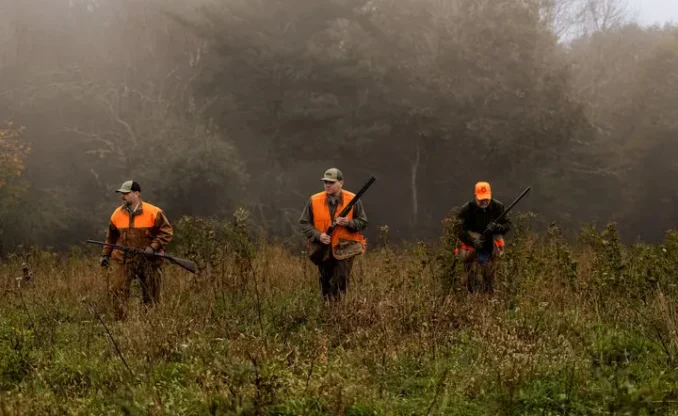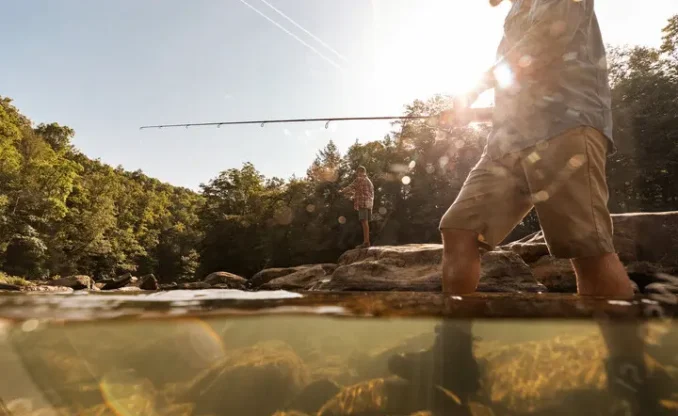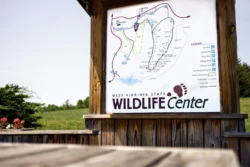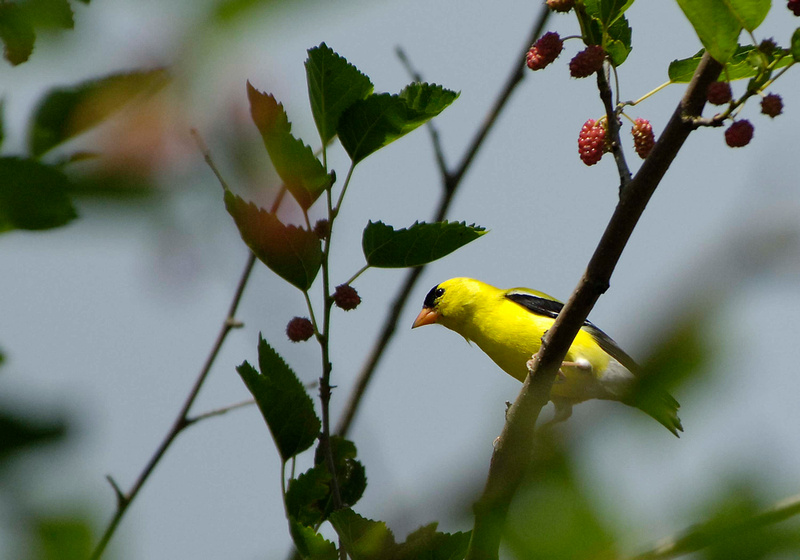Whether you’re a wildlife enthusiast or an angler or hunter, knowing how to spot animals in the wild is a valuable skill and enjoyable activity. With more than 80 species of amphibians and reptiles, 70 species of mammals, 178 species of fish and nearly 300 species of birds, West Virginia is a great place to hone your wildlife identification skills. Here’s a few tips to help you get started.
Use your senses
To properly identify wildlife, you need to know what to look and listen for, so keep your eyes and ears open. Animals provide plenty of clues and signs to help you identify them. As you look and listen in your backyard, in the woods or at a state park or forest, pay attention to an animal’s:
- Shape
- Size
- Color
- Distinguishing features
- Tracks
- Scat
- Calls, songs and other noises
Take notes of what you see to help you remember everything, and pay special attention to any behavior patterns you notice.
Pay attention to your surroundings
Edge zones, where one habitat transitions into another, are great places to see wildlife. Fields, meadows, riverbanks and shorelines are also good places to see wildlife in action. As you visit these locations, pay attention to water availability, food sources, shelter and shade and other topographic features. Many animals are only found within certain habitats and ranges, so paying attention to the location of an animal can help you identify its species.
Consult a field guide or ask an expert
Thanks to field guides and smartphone apps, identifying animals in the wild has never been easier. Many apps can help you identify an animal by photo, but we recommend starting out with a tried-and-true field guide. Not only do field guides help you hone your wildlife identifying skills, they don’t need cellphone service to work. You can purchase wildlife field guides for North America and West Virginia online. Many state park gift shops also carry state-specific field guides.
And when in doubt, ask an expert. Not only can WVDNR wildlife biologists and state park naturalists help you identify an animal, they can teach you all about that animal and its habitat.
Wildlife Identification Do and Don’ts
As you look for wildlife, you should:
- Never feed wild animals
- Never touch or pick up young wildlife
- Keep a safe distance
- Leave No Trace
How many animals can you identify?
Want to keep track of all the animals you see in West Virginia? Download our wildlife checklists and see how many you can spot in your adventures!
Download Mammals of West Virginia Checklist
Download Amphibian and Reptile Checklist




